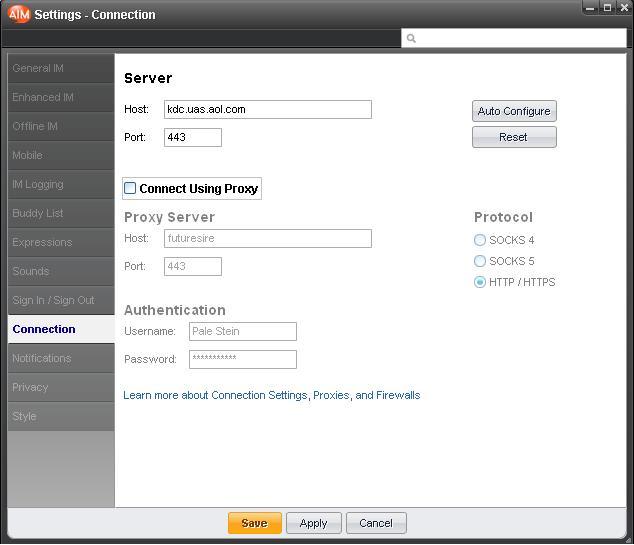
However, they do have some key differences that can help you decide when and how to use them. Texting and instant messaging are similar. What’s the Difference Between Text vs Instant Messaging? However, MMS has expanded these parameters, allowing people to send over 144 characters as well as items other than text, like videos, photos, and emojis. Historically, texts were once limited to 144 text characters per message. To receive texts, your recipient must also have these items.

Popular IM tools today include Facebook and Instagram Messenger, WhatsApp, Telegram, and Snapchat. These text-only tools had to be accessed through desktop computers with dial-up internet. Instant messaging became popular in the late 90s with platforms like ICQ and AOL Instant Messenger (AIM). Otherwise, you won’t be able to start an IM chat. Your intended recipient must have these items, too.

Back then, IM allowed users to send words only. Traditionally, the term referred specifically to real-time conversations. Instant messaging conversations take place through computers or mobile devices. Instant messaging (IM) refers to online communication between two or more people on an app or platform. Want to learn more about engaging with customers on their favorite channels? Check out our Omnichannel Messaging Guide.


 0 kommentar(er)
0 kommentar(er)
